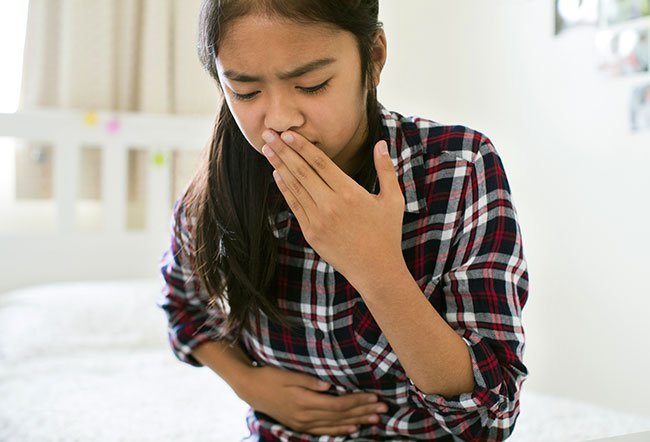When Should I Be Concerned About My Child's Breathing?

Most children will get an infection at some point that affects their respiratory system and can result in breathing problems. Children under the age of 3 often have more severe symptoms than older children, and are at risk of becoming seriously ill if not monitored closely.
It’s important to be aware of what symptoms to look for to know when your child needs to see a doctor. Signs and symptoms of respiratory distress include:
- Pale or bluish color of the skin, especially around the lips, eyes, hands, feet, and nail beds
- Retractions (chest pulls in with each breath, especially around the collarbone and ribs)
- Flaring (widening of the nostrils)
- Wheezing (noisy breathing)
- Clammy skin (cool, sweaty skin)
- Changes in mood such as irritability
- Drowsiness
- Difficulty waking up
- Loss of appetite
- Change in posture (trying to breathe easier by leaning forward or tilting head up or backwards)
If your child is having trouble breathing because of respiratory distress, you need to seek medical attention immediately.
What causes respiratory problems?
Upper respiratory tract infections
The upper respiratory system includes the nose, mouth, sinuses, and throat. Upper respiratory tract infections may be caused by viruses (most common), bacteria, and fungi (rare). Symptoms of upper respiratory infections include:
- Nasal blockage, causing difficulty breathing and mouth breathing
- Noisy breathing or snoring
- Discomfort
- Irritability
- Restlessness
- Loss of appetite
- Fatigue
- Cough
- Fever
- Ear pain
Lower respiratory tract infections
The lower respiratory system includes the lungs and bronchi (the airways). Symptoms are more severe than those of upper respiratory infections. Lower respiratory system infections usually require medical attention. They can be caused by bacteria, viruses, and fungi. Symptoms of lower respiratory system infections include:
- Coughing throughout the day and/or night
- Fever
- Irritability
- Restlessness
- Decreased appetite
- Fatigue
- Difficulty breathing
- Rapid breathing
- Wheezing (noisy breathing)
- Flaring (widening) of the nostrils
- Use of the neck, chest, and abdominal muscles to breathe (drawing these muscles in while breathing)
Allergies
Allergies are very common in children and can cause respiratory problems. Symptoms of allergies include:
- Clear nasal drainage
- Nasal congestion
- Sneezing
- Watery eyes
- Irritability
Asthma
Asthma typically does not occur in infants and very young children, but the risk of asthma increases with age.
In young children, coughing may be the only symptom of mild asthma. Wheezing and shortness of breath at night time can occur as asthma worsens. In severe asthma, there may be difficulty breathing and wheezing. Allergies and asthma often occur together.
Other causes of respiratory problems
- Exposure to cigarette smoke, fumes, and other pollutants
- Foreign body aspiration (inhalation) causing airway obstruction
- Disorders at birth (genetic causes) such as cystic fibrosis
How to prevent respiratory problems
Breathing problems can’t always be avoided, especially in children. However, the risk of many respiratory infections can be reduced by taking the following steps:
- Keep your child away from cigarette smoke, fumes, and other pollutants.
- Keep your child’s surroundings dust-free.
- Be aware that your child may be allergic to essential oils in humidifiers, in-door air fresheners, perfumes, and mold growing in vents.
- Avoid using baby powder or cornstarch on your child because it can irritate their lungs.
- Make sure anyone handling your child practices good hand hygiene to prevent the spread of germs. Maintain your child’s hand hygiene as well.
- Keep your child away from sick children and adults.
